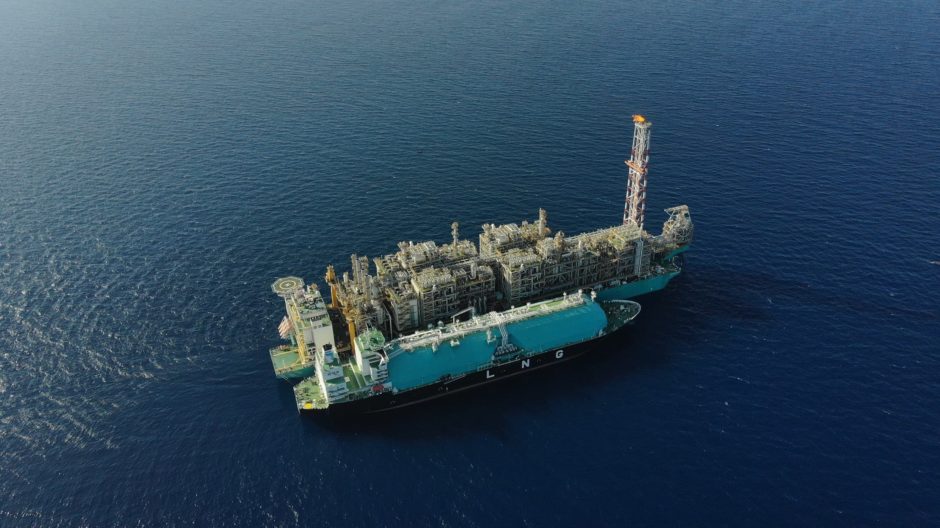
Malaysia’s state-owned energy company Petronas is preparing to take a final investment decision (FID) on its third multi-billion dollar floating liquefied natural gas (FLNG) unit after awarding front-end engineering and design (FEED) contracts. The new-build floater project, dubbed ZLNG, will help solve challenges commercialising gas offshore Sabah in Malaysia.
FEED deals were awarded to two consortiums that will ultimately compete for the engineering, procurement, construction and commissioning work, reported Upstream. South Korea’s Samsung Heavy Industries along with partner Japan’s JGC will be carrying out a FEED contract in parallel with another team comprising Saipem and China’s Hudong-Zhonghua Shipbuilding. FEED works are expected to take 10-12 months to complete.
Petronas has yet to make an official announcement, but Sabah’s Chief Minister Hajiji Noor told local media in late October that FEED activity was ready to start and that FID will be taken in 2022. The FLNG facility is expected to start producing liquefied natural gas (LNG) by the end of 2026, he added.
This will be welcome news to ConocoPhillips (NYSE:COP) and Shell (AMS:RDSA) that have struggled to commercial gas at their Kababangan Cluster project offshore Sabah. The cluster is owned by Petronas Carigali (40%), ConocoPhillips (30%) and Shell (30%). Gas from the cluster will be piped to the proposed FLNG facility for processing into LNG.
As Energy Voice reported last month ConocoPhillips and Shell have both suffered significant losses in relation to their Kebabangan (KBB) field due to transportation issues caused by a faulty pipeline that is managed by Petronas. A 512 km onshore pipeline was designed to ship gas to the neighbouring state of Sarawak for export at the Malaysia LNG (MLNG) terminal. Crucially, the proposed FLNG unit will offer an alternative route to market for gas from Kebabangan.
The FLNG facility will be located nearshore at the Sipitang Oil & Gas Industrial Park (Sogip) in Sabah and will have a production capacity of 2 million tonnes per year of LNG, according to the chief minister.
